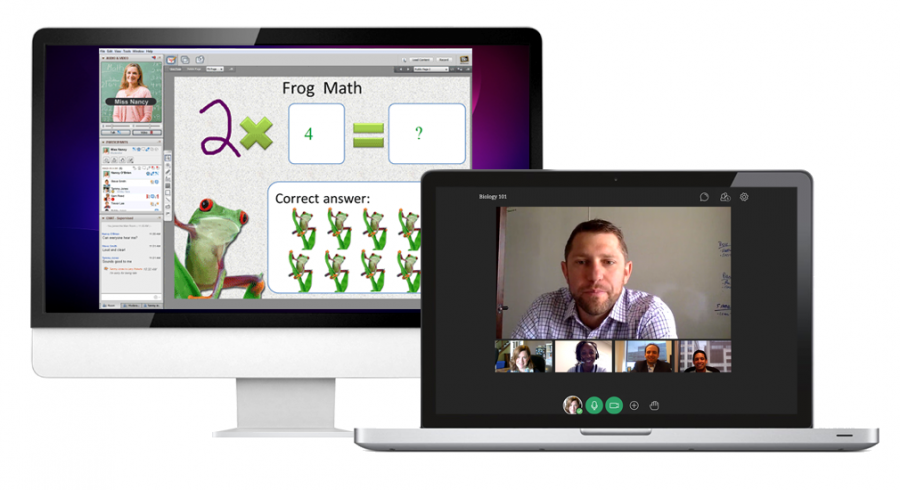Blackboard is one of the leading companies in the nation with regard to online learning. They have been selling online learning tools since 1997. Their initial product was branded CourseInfo. Later, the name of the product was changed to match the company name. What began as a way to deliver course materials to students via the web has grown considerably in the last ten years. The current Blackboard Academic Suite is comprised of three related systems: the Learning System, the Community System and the Content System.
The first system to look at is the Learning System. This system traces its roots back to the first version of CourseInfo that Blackboard released. The Blackboard Learning System offers instructors the ability to interact with their students in an online environment. Course sites on the Learning System provide a place for instructors to post course content, such as lecture notes, PowerPoint presentations, images, audio and video. Instructors can collect homework electronically as well as offer quizzes and tests. Interactive areas of the course include the synchronous Virtual Classroom and the asynchronous Discussion Board. Instructors can also create group areas that allow students to collaborate with each other to accomplish group goals.

There is a natural progression from the Learning System to the Community System. Many institutions saw a need to provide the same capabilities that course instructors had to communities within the institution but outside the definition of courses. Campus organizations, such as honor societies, political groups, and fraternities and sororities, all desired the ability to utilize Blackboard functionality for their own uses. This is exactly what the Community System provides. Now, groups like College Republicans or Young Democrats can create organization sites on their university’s Blackboard and carry out discussion, distribute materials to their members and conduct member surveys.
The Community System also allows for more customization of the user interface. Administrators can control the look and feel of the initial login page as well as the tabbed structure of the user interface. Tabs can be created, removed, and renamed. Custom modules can also be created, allowing the institution to use Blackboard to provide a portal to other campus systems, such as student informatio n services, registration, and record keeping.
Many instructors have content that they wish to use in multiple course sites. The potential problem is that the instructor posts a file in five different course sites, which is already a bit time consuming, only to realize that they made a typographical error and now they are faced with updating the file in five different places. This is where the Content System comes in. The Blackboard Content System allows instructors to load a file to one central location and then like to that file from multiple course sites. If a change becomes necessary, they only need make the change in the file that is stored centrally. Since the appearance of that file in the individual course sites is merely a link to the central file, all five course sites are immediately and automatically updated when the change is made to the central file. Another advantage to this system is that it allows for very large files, such as video and audio, to be stored once but used in multiple ways, saving on needed storage space.
